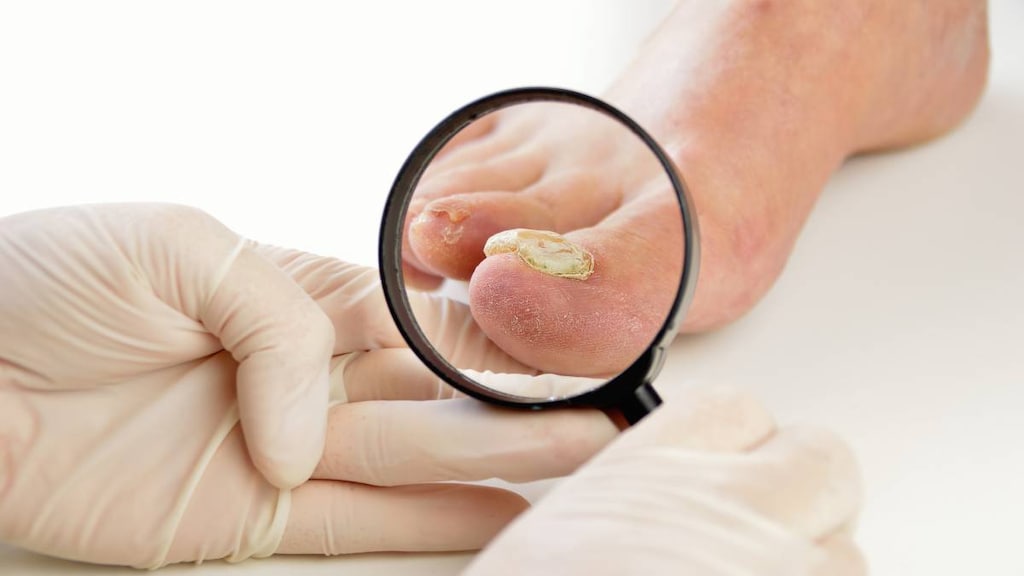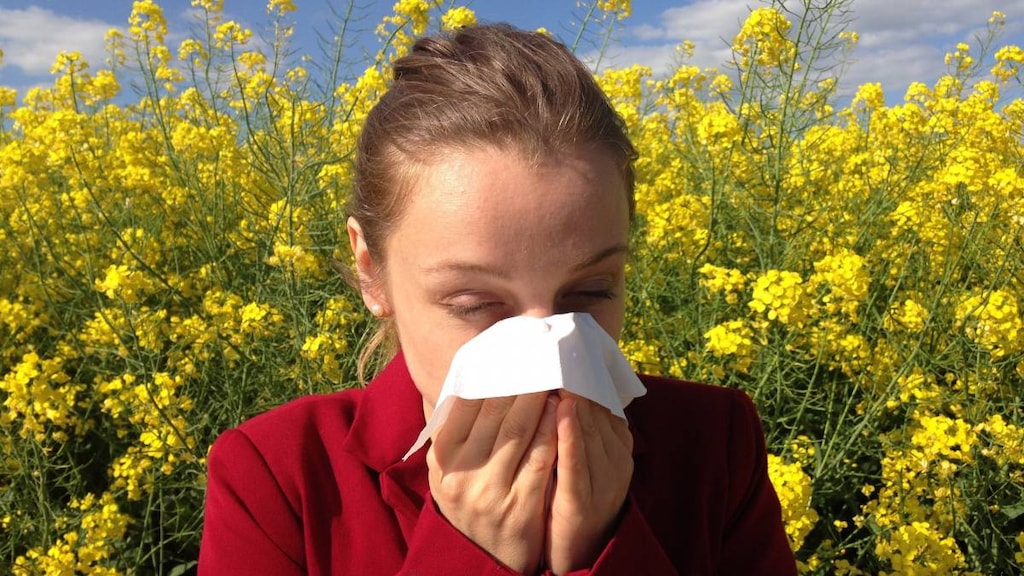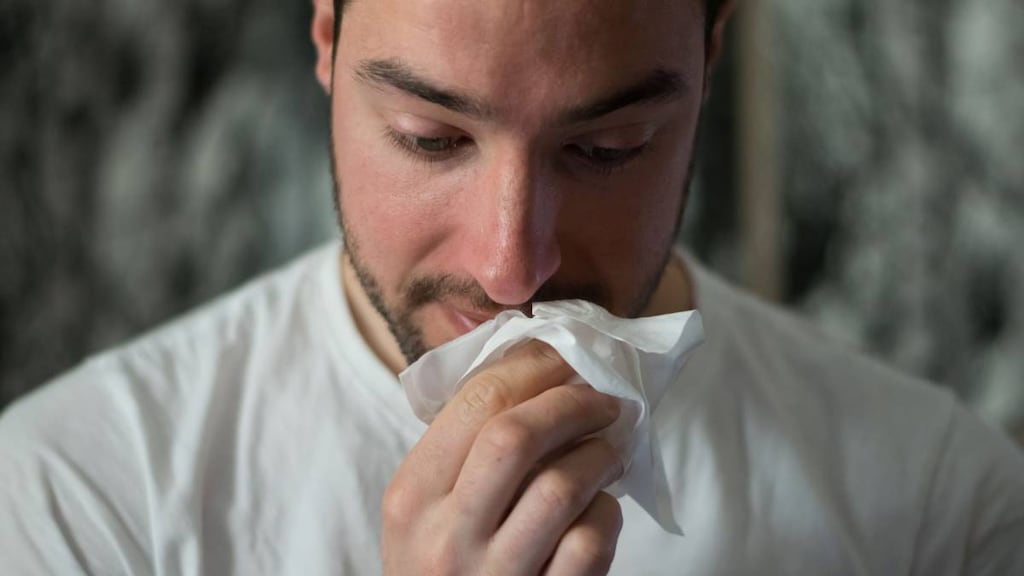Dosage Forms
Excipient information presented when available (limited, particularly for generics); consult specific product labeling. [DSC] = Discontinued product
Cream, External, as furoate:
Elocon: 0.1% (15 g [DSC], 50 g) [contains soybean lecithin]
Generic: 0.1% (15 g, 45 g)
Lotion, External, as furoate:
Elocon: 0.1% (30 mL [DSC], 60 mL [DSC]) [contains isopropyl alcohol, propylene glycol]
Ointment, External, as furoate:
Elocon: 0.1% (15 g [DSC], 45 g [DSC]) [contains propylene glycol stearate]
Generic: 0.1% (15 g, 45 g)
Solution, External, as furoate:
Generic: 0.1% (30 mL, 60 mL)
Pharmacology
Mechanism of Action
Topical corticosteroids have anti-inflammatory, antipruritic, and vasoconstrictive properties. May depress the formation, release, and activity of endogenous chemical mediators of inflammation (kinins, histamine, liposomal enzymes, prostaglandins) through the induction of phospholipase A2 inhibitory proteins (lipocortins) and sequential inhibition of the release of arachidonic acid. Mometasone has intermediate range potency.
Pharmacokinetics/Pharmacodynamics
Absorption
Cream: 0.4% (increased by inflammation)
Lotion, ointment, solution: 0.7% (increased by inflammation)
Use: Labeled Indications
Corticosteroid-responsive dermatoses: Relief of the inflammatory and pruritic manifestations of corticosteroid-responsive dermatoses (medium potency topical corticosteroid)
Contraindications
Hypersensitivity to mometasone furoate or any component of the formulation.
Documentation of allergenic cross-reactivity for corticosteroids is limited. However, because of similarities in chemical structure and/or pharmacologic actions, the possibility of cross-sensitivity cannot be ruled out with certainty.
Canadian labeling: Additional contraindications (not in US labeling): viral (eg, herpes or varicella) lesions of the skin, fungal or bacterial skin infections, parasitic infections, skin manifestations relating to tuberculosis or syphilis, eruptions following vaccinations, acne vulgaris, rosacea, pruritus without inflammation; ophthalmic use; use with occlusive dressings
Dosage and Administration
Dosing: Adult
Corticosteroid-responsive dermatoses: Topical: Apply sparingly, do not use occlusive dressings. Therapy should be discontinued when control is achieved; consider reassessment of diagnosis if no improvement is seen within 2 weeks.
Cream, ointment: Apply a thin film to affected area once daily
Lotion, solution: Apply a few drops to affected area once daily
Dosing: Geriatric
Refer to adult dosing. Use with caution as elderly patients may be more susceptible to systemic effects.
Dosing: Pediatric
Note: Discontinue therapy when control is achieved; reassess diagnosis if no improvement is seen in 2 weeks
Corticosteroid-responsive dermatoses:
Cream, ointment: Children ≥2 years and Adolescents: Topical: Apply a thin film to affected area once daily; do not use in pediatric patients for >3 weeks
Lotion, solution: Children ≥12 years and Adolescents: Topical: Apply a few drops to affected area once daily; massage lightly into skin
Administration
Apply sparingly. Avoid mucous membranes; manufacturer labeling recommends avoiding application to the eyes, face, underarms, and groin (including diaper area). Do not wrap, cover, or bandage affected area.
Cream, ointment: Apply thin film to affected area.
Lotion, solution: Apply a few drops to affected area and massage lightly until medication disappears.
Storage
Store at 25°C (77°F); excursions permitted to 15°C to 30°C (59°F to 86°F).
Drug Interactions
Aldesleukin: Corticosteroids may diminish the antineoplastic effect of Aldesleukin. Avoid combination
Corticorelin: Corticosteroids may diminish the therapeutic effect of Corticorelin. Specifically, the plasma ACTH response to corticorelin may be blunted by recent or current corticosteroid therapy. Monitor therapy
Deferasirox: Corticosteroids may enhance the adverse/toxic effect of Deferasirox. Specifically, the risk for GI ulceration/irritation or GI bleeding may be increased. Monitor therapy
Hyaluronidase: Corticosteroids may diminish the therapeutic effect of Hyaluronidase. Management: Patients receiving corticosteroids (particularly at larger doses) may not experience the desired clinical response to standard doses of hyaluronidase. Larger doses of hyaluronidase may be required. Consider therapy modification
Ritodrine: Corticosteroids may enhance the adverse/toxic effect of Ritodrine. Monitor therapy
Adverse Reactions
1% to 10%:
Central nervous system: Paresthesia (lotion, infants & children: ≤3%, cream, children: 1%)
Dermatologic: Dyschromia (loss of normal skin markings: ≤6%), taut and shiny skin (≤6%), folliculitis (lotion: 3%; cream, children: <1%), telangiectasia (≤3%), dermatologic disorders (2%), bacterial skin infection (infants & children: ≤2%), epidermal thinning (≤2%)
Endocrine & metabolic: Decreased cortisol (infants & children: lotion: ≤6%, cream and ointment: ≤2%), endocrine disease (lotion: 2%)
Gastrointestinal: Xerostomia (infants & children: 2%)
Hematologic & oncologic: Bruise (1%)
Local: Application site burning (2%), application site pruritus (≤2%)
Frequency not defined:
Central nervous system: Tingling of skin
Dermatologic: Acne rosacea, furunculosis, skin atrophy, stinging of the skin (application site)
<1%, postmarketing, and/or case reports: Acneiform eruption, cataract, cutaneous candidiasis, glaucoma, skin depigmentation
Warnings/Precautions
Concerns related to adverse effects:
- Adrenal suppression: May cause hypercortisolism or suppression of hypothalamic-pituitary-adrenal (HPA) axis, particularly in younger children or in patients receiving high doses for prolonged periods. HPA axis suppression may lead to adrenal crisis.
- Contact dermatitis: Allergic contact dermatitis can occur and is usually diagnosed by failure to heal rather than clinical exacerbation; discontinue use if irritation occurs and treat appropriately.
- Immunosuppression: Prolonged use may result in fungal or bacterial superinfection; discontinue if dermatological infection persists despite appropriate antimicrobial therapy.
- Ocular effects: Topical corticosteroids, including mometasone, may increase the risk of posterior subcapsular cataracts and glaucoma. Monitor for ocular changes. Avoid contact with eyes.
- Systemic effects: Topical corticosteroids may be absorbed percutaneously. Absorption of topical corticosteroids may cause manifestations of Cushing's syndrome, hyperglycemia, or glycosuria. Absorption is increased by the use of occlusive dressings, application to denuded skin, or application to large surface areas.
Special populations:
- Elderly: Because of the risk of adverse effects associated with systemic absorption, topical corticosteroids should be used cautiously in the elderly in the smallest possible effective dose for the shortest duration.
- Pediatric: Not for treatment of diaper dermatitis. Children may absorb proportionally larger amounts after topical application and may be more prone to systemic effects. HPA axis suppression, intracranial hypertension, and Cushing syndrome have been reported in children receiving topical corticosteroids. Prolonged use may affect growth velocity; growth should be routinely monitored in pediatric patients.
Dosage form specific issues:
- Appropriate use: Avoid use of topical preparations with occlusive dressings or on weeping or exudative lesions.
Monitoring Parameters
Adrenal suppression with extensive/prolonged use (ACTH stimulation test, morning plasma cortisol test, urinary free cortisol test); response to treatment; ocular changes
Pregnancy
Pregnancy Risk Factor
C
Pregnancy Considerations
Adverse events have been observed in animal reproduction studies.
Systemic bioavailability of topical corticosteroids is variable (integrity of skin, use of occlusion, etc.) and may be further influenced by trimester of pregnancy (Chi 2017). In general, the use of topical corticosteroids is not associated with a significant risk of adverse pregnancy outcomes. However, there may be an increased risk of low birth weight infants following maternal use of potent or very potent topical products, especially in high doses. Use of mild to moderate potency topical corticosteroids is preferred in pregnant females and the use of large amounts or use for prolonged periods of time should be avoided (Chi 2016; Chi 2017; Murase 2014). Also avoid areas of high percutaneous absorption (Chi 2017). The risk of stretch marks may be increased with use of topical corticosteroids (Murase 2014).
Patient Education
What is this drug used for?
- It is used to treat skin irritation.
- It is used to treat skin rashes.
Frequently reported side effects of this drug
- Itching
- Burning
- Stinging
Other side effects of this drug: Talk with your doctor right away if you have any of these signs of:
- High blood sugar like confusion, feeling sleepy, more thirst, hunger, passing urine more often, flushing, fast breathing, or breath that smells like fruit
- Skin changes like pimples, stretch marks, slow healing, or hair growth
- Severe skin irritation
- Signs of a significant reaction like wheezing; chest tightness; fever; itching; bad cough; blue skin color; seizures; or swelling of face, lips, tongue, or throat.
Note: This is not a comprehensive list of all side effects. Talk to your doctor if you have questions.
Consumer Information Use and Disclaimer: This information should not be used to decide whether or not to take this medicine or any other medicine. Only the healthcare provider has the knowledge and training to decide which medicines are right for a specific patient. This information does not endorse any medicine as safe, effective, or approved for treating any patient or health condition. This is only a brief summary of general information about this medicine. It does NOT include all information about the possible uses, directions, warnings, precautions, interactions, adverse effects, or risks that may apply to this medicine. This information is not specific medical advice and does not replace information you receive from the healthcare provider. You must talk with the healthcare provider for complete information about the risks and benefits of using this medicine.




